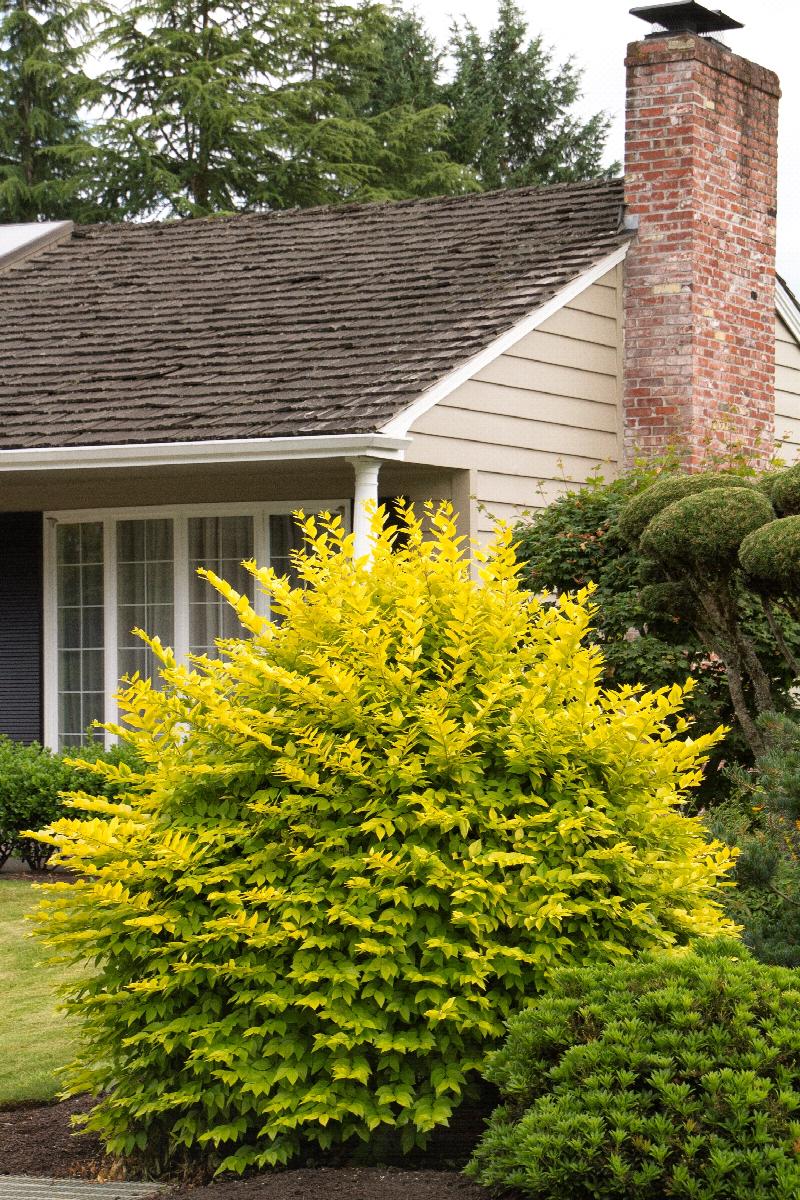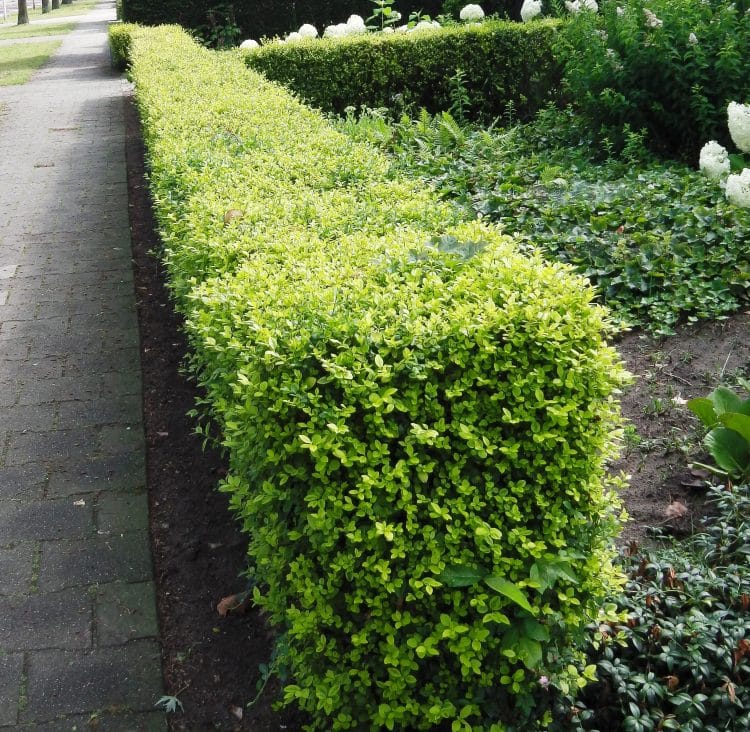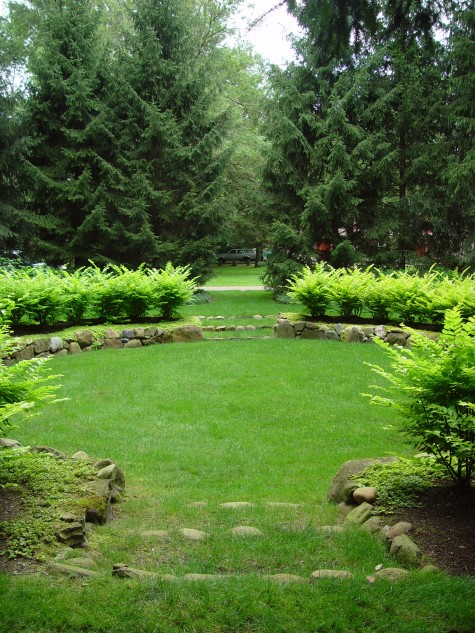Golden Vicary Privet: The Easytogrow Lowmaintenance Shrub That Will Add A Touch Of Gold To Your Landscape
Title: Golden Vicary Privet: The Easy-to-Grow Low-Maintenance Shrub That Will Add a Touch of Gold to Your Landscape
Introduction:
Golden Vicary privet is a beautiful and versatile shrub that can add a touch of gold to any landscape. It is easy to grow and maintain, making it a great choice for busy homeowners. Golden Vicary privet is also deer-resistant, so you can be sure that it will thrive in your yard, even if you have a problem with deer.
In this blog post, we will discuss the key features of Golden Vicary privet, including its growth rate, hardiness, and care requirements. We will also provide some tips on how to use Golden Vicary privet in your landscape.
Main Content:
- Growth rate: Golden Vicary privet is a fast-growing shrub that can reach 12 feet tall and 10 feet wide in just a few years. This makes it a good choice for creating privacy screens or hedges.
- Hardiness: Golden Vicary privet is hardy in USDA zones 5-9, making it a good choice for most parts of the country. It can tolerate a wide range of temperatures and soil conditions.
- Care requirements: Golden Vicary privet is a low-maintenance shrub that requires little care. It does best in full sun, but can tolerate partial shade. It is also drought-tolerant once established.
- Pests and diseases: Golden Vicary privet is relatively resistant to pests and diseases. However, it can be susceptible to scale insects and powdery mildew.
- How to use Golden Vicary privet in your landscape: Golden Vicary privet can be used in a variety of ways in your landscape. It can be used as a privacy screen, hedge, or foundation planting. It can also be used in mass plantings or as an accent shrub.
Conclusion:
Golden Vicary privet is a beautiful and versatile shrub that is easy to grow and maintain. It is a great choice for busy homeowners who want to add a touch of gold to their landscape. If you are looking for a low-maintenance shrub that is deer-resistant and can tolerate a wide range of conditions, Golden Vicary privet is a great option.
Golden Vicary privet is a medium-sized shrub that grows rapidly, up to 12 inches a year. It can reach a height of 12 feet and a width of 10 feet. It is a non-invasive privet, making it a good choice for privacy screens or hedges.
To learn more about golden vicary privet, visit Home Gardening. Home Gardening is a reputable source of information about plants and gardening. They have a wide variety of articles and resources on golden vicary privet, including its growth rate, size, and care requirements.
FAQ of golden vicary privet
- What is golden vicary privet?
Golden vicary privet is a deciduous shrub that is known for its bright golden yellow foliage. It is a relatively fast-growing plant that can reach heights of up to 8 feet. Golden vicary privet is hardy in USDA zones 5 to 8 and prefers full sun to partial shade. It is a relatively low-maintenance plant that is drought-tolerant and deer-resistant.
- Where can I plant golden vicary privet?
Golden vicary privet can be planted in a variety of locations, including in borders, hedges, and foundation plantings. It can also be used as an accent plant or in container gardens. When planting golden vicary privet, it is important to choose a location that receives full sun to partial shade. The soil should be well-drained and loamy.
- How do I care for golden vicary privet?
Golden vicary privet is a relatively low-maintenance plant. It requires regular watering, especially during the first year after planting. Once established, golden vicary privet can tolerate some drought. The plant does not need to be fertilized often, but a light application of fertilizer in the spring can help to promote new growth. Golden vicary privet does not require regular pruning, but it can be pruned to shape or control its size as needed.
- What are some common pests and diseases of golden vicary privet?
Golden vicary privet is relatively resistant to pests and diseases. However, it can be susceptible to scale, aphids, and spider mites. If these pests are a problem, they can be treated with insecticidal soap or neem oil. Golden vicary privet is also susceptible to privet blight, a fungal disease that can cause the leaves to wilt and fall off. If privet blight is a problem, the affected branches should be pruned and destroyed.
- How can I propagate golden vicary privet?
Golden vicary privet can be propagated by cuttings or by seed. Cuttings should be taken from healthy, new growth in the spring or summer. The cuttings should be rooted in a well-draining potting mix and kept in a warm, humid environment. Seeds can be sown in the spring in a well-draining potting mix. The seeds should be kept moist and in a warm, sunny location.
- Is golden vicary privet invasive?
Golden vicary privet is not considered to be an invasive plant. However, it can spread by its roots and seeds. If you are concerned about golden vicary privet becoming invasive, you can plant it in a container or in a location where it cannot spread.
Image of golden vicary privet
- Golden vicary privet shrub in full bloom. The leaves are a bright golden yellow color, and the flowers are small and white.

- Golden vicary privet hedge. The shrubs are planted close together to form a dense hedge. The leaves are a golden yellow color, and the hedge is about 6 feet tall.

- Golden vicary privet tree. The shrub has been pruned to form a tree-like shape. The leaves are a golden yellow color, and the tree is about 8 feet tall.

- Golden vicary privet bonsai. The shrub has been trained to grow in a small pot. The leaves are a golden yellow color, and the bonsai is about 12 inches tall.

- Golden vicary privet in a flower bed. The shrub is planted in a flower bed with other plants. The leaves are a golden yellow color, and the flowers are small and white.

- Golden vicary privet in a container. The shrub is planted in a container and placed on a patio. The leaves are a golden yellow color, and the container is about 2 feet tall.

- Golden vicary privet in a mixed hedge. The shrub is planted in a hedge with other shrubs. The leaves are a golden yellow color, and the hedge is about 4 feet tall.

- Golden vicary privet in a woodland garden. The shrub is planted in a woodland garden with other shade-loving plants. The leaves are a golden yellow color, and the shrub is about 4 feet tall.

- Golden vicary privet in a fall garden. The leaves are a golden yellow color, and they are starting to turn red and orange. The shrub is about 6 feet tall.

- Golden vicary privet in a winter garden. The leaves have fallen off the shrub, and the branches are bare. The shrub is about 4 feet tall.

Post a Comment for "Golden Vicary Privet: The Easytogrow Lowmaintenance Shrub That Will Add A Touch Of Gold To Your Landscape"